
Founders Keepers
The Qantas Founders Museum has a new light and sound show that’s an instant outback drawcard.
Text:/ Christopher Holder
Qantas turns 100 this year. The reason why there aren’t 100 choirboys singing Peter Allen showstoppers on your front lawn is, of course, Covid. The planned celebrations have been iced until things blow over.
The centenary did give extra impetus to another project ‘down the road’ in Longreach, at the Qantas Founders Museum. The museum secured funding for an amazing light and sound show in its upgraded, architecturally-designed main airpark. The show combines some top-draw storytelling with state-of-the-art projection mapping, lighting and immersive audio.
TAKING A HANGAR
The stars of the show are the four aircraft housed under the huge roof of the airpark. In order of age there’s the: Douglas DC3, Lockheed Super Constellation, Boeing 707 and the 747.
The museum trust approached the Buchan Group in Brisbane to realise some kind of film exhibit to go into the airpark.
Buchan isn’t a traditional museum exhibit producer, they’re a renaissance design house, happy to throw their expertise at any visual/built challenge.
Initially, the museum had the idea to project onto the underside of the airpark roof. Buchan Senior Associate, Anthony Rawson and Senior Designer, Pat Shirley, looked at the brief and strongly advised the museum to leave the roof alone — it would mean covering a football-field worth of Colorbond with projection, and giving the truckies on the adjacent Landsborough Highway a free viewing of the feature.
Instead, Anthony and Pat suggested something more radical: ‘why don’t we use the planes themselves as projection canvasses?’
BUCHAN BIG IDEAS
Buchan has a reputation for making the difficult look easy. They have years of experience participating in the Sydney Vivid festival, using it as their ‘skunkworks’ to test drive the more experimental ideas.
The Qantas Founders Museum project would entail developing a 25-minute film that captures the early and recent history of the carrier, then helping that content to come alive for visitors to experience: painting the huge fuselage of the 747 with projection; projecting onto a 707 engine to show its workings, and to program lighting and smoke effects to bring the stories of the DC3 and the Constellation to life.
VR SELLS
Buchan leaned heavily on VR to sell the sizzle of its ideas. The animations were built in TouchDesigner then imported into Unreal Engine to play back the video for VR.
“VR proved invaluable,” commented Pat Shirley. “The quickest way of dissuading the client from projecting onto the underside of the airpark roof was to use VR. As soon as they put the headset on they were forced to crane their necks and realised how uncomfortable the experience would be.”
Sometimes seeing is believing.
VR proved a valuable authoring tool for Pat and the team as well: “We use VR for pre-visualisation. If you only look at your animations on a computer monitor, you don’t get a sense of the scale. You can view a whole 747’s-worth of content on a computer screen but in VR you’re moving your head side to side to take it all in. This informs how we animate.”
THE STORY OF QANTAS
Developing the creative content was a story in itself. If you thought that watching a ‘doco’ about Qantas might be about as riveting as aluminium fuselage, guess again. “The history of Qantas is amazing,” enthuses Anthony Rawson. “It nearly went out of business a number of times; it was an airline back in the days when there really was no such thing; it’s been a pioneer all through the course of its history; it had the pride of its fleet all destroyed during WWII… it’s been a rollercoaster ride.”
“With all that said and done,” continues Pat Shirley. “We put a real spotlight and focus on the Qantas aircraft themselves for the sake of the story.”
The 25-minute package bring the key aircraft to life. There is a trove of archival footage but Buchan felt that repackaging grainy 4:3 movies from yore wasn’t going to cut it. Instead, they developed amazing animations, combining old footage with models built in the studio.
“It wasn’t just a case of buying a Super Constellation model over the internet,” Pat Shirley elaborates. “The Qantas planes seemed always to be a slight variation of the stock aircraft. It meant we had to model virtually everything ourselves down to the last rivet.”
THE BIO BOX
Taking care of the visuals is a phalanx of Christie projectors supplied by Pixel Line: five D20WU-HS in the bio box (plus a spare) and two D16WU-HS on the ground.
AV and lighting consultant, Design Stage, was engaged to take care of the technical brief, helmed by Phil Viney.
The content resides on a PC, acting as the media server, running TouchDesigner as the show control software, and goes to the Christie projectors via Lightware HDBaseT transmitters.
“We were initially a little nervous about using a PC and TouchDesigner as the show controller,” confides Phil Viney. “Normally, we’d use a dedicated media server and software like Medialon, but Touch Designer brought it all together pretty capably, I think in no small part because of the talent of the programmer, Dan Thomas (from PropMill).”
Large-scale pixel mapping isn’t a showstopping novelty anymore but what’s been achieved at the Qantas Founders Museum provides a glimpse into what you might call ‘contextual pixel mapping’, and Buchan is excited by the prospect.
“Projection mapping is known for being spectacular,” observes Pat Shirley. “But what we’ve done here is informative rather than just eye candy. It shows how you can use pixel mapping to tell a story.”
“I can see how museums will be doing more shows like this,” agrees Anthony Rawson. “These artefacts are brought to life with projection.”
IMMERSIVE AUDIO
The show’s audience area fills an elliptical space in among the four aircraft. Buchan quickly determined that the show would best be enjoyed when the audience are on their feet. The show is brief enough to not be fatiguing for most people and it means the young and the short of stature can move about to be guaranteed of good sightlines.
But to truly immerse the audience, the show needed a truly immersive audio system.
Buchan asked Design Stage to lead the audio design and procurement, while Josh Wilkinson took care of the sound design.
“The brief was for a 360° surround sound system that encompassed the audience viewing area, as well as overhead speakers for special effects as well as general public address duties,” reports Phil Viney.
After investigating a number of premium loudspeakers Phil Viney and the team decided on Meyer Sound.
“One of the key reasons behind the decision is the Meyer’s use of low-voltage power. Meyer pioneered the use of powered loudspeakers in live sound. A Meyer PA would use one cable to run power and audio. But rather than running 240V cabling plus audio, which can give you some segregation issues and interference, they came up with a system where they run a 48V DC power rail and balanced audio down the same cable.”
Meyer’s MPS-488HP IntelligentDC Speaker PSUs provide 48V DC power and full range signal down a single cable, which addresses any safety concerns by running low voltage cables in public areas — an issue Phil Viney was alive to.
Some eight speaker positions mark the perimeter of the viewing area, comprising a Meyer UP-4XP full-range loudspeaker and a MM-10XP sub. The two loudspeakers are housed in a custom-designed tailfin-like chassis.
Overhead, Phil Viney spec’ed four pairs of Meyer Sound UPJuniors. “They sound huge during the flyover effects,” observes Phil Viney. “They’re an amazing-sounding loudspeaker.”
A pair of Meyer’s Galaxy processors provide all the DSP and matrixing. Meyer’s new Spacemap Go immersive mixing tool wasn’t quite ready in time for this project. Instead, Josh (the sound designer) and Dan (the control programmer) ‘baked in’ the audio aspects of the show. That said, the Galaxy processors are only a firmware upgrade away from being ready to use with Spacemap Go on a show.
“The design allows for the use of the new Milan AVB protocol,” explains Phil Viney. “It’s early days, and the MOTU AVB interface isn’t quite on the same page as the Milan version of AVB, so the show is currently using analogue lines but that will change. The MOTU 16A interface provides 16 additional inputs into the system which we’ve made available on a patchbay. It’s designed for visiting crew to use their own audio mixer.”
STAY FOR THE EXPERIENCE
Indeed, it’s the installation’s event-readiness that is extra impressive and demonstrates the versatility of the system. (Special mention should go to Soho Sound Design which, from all reports, did an admirable job of the supply and installation of the sound system and control room equipment.) There might be a small army of Christie projection, and a state-of-the-art bespoke Meyer immersive sound system, but you can literally plug in the HDMI output of your laptop and run a first-class corporate presentation, with the house Sennheiser wireless mic. Similarly, a wireless DMX transmitter allows you to bring in your own desk and ‘merge’ into the DMX system to control the static and moving LED lights.
That said, you’d have to find an available slot in the schedule first.
Since opening, the Qantas Founders Museum, has been running up to four shows a night, every night. It’s been an outrageous success, and that’s before the Queensland borders are reopened — so the future looks very bright for this production.
In fact, it’s fitting to give Tony Martin, CEO of the Qantas Founders Museum, the last word: “What’s beautiful about what we’ve got, is it’s more than a show; it’s an experience. It sounds and looks amazing, and gives visitors a reason to not only visit the museum but to return, and stay in Longreach that extra night. It’s great for the museum and the community at large.
“Working with the Buchan group has been one of the most exciting and rewarding experiences for Qantas Founders Museum and for me personally. It’s rare to find such a committed, enthusiastic and highly professional team such as the Buchan Group. To see their team of creative minds and technical excellence take an idea and concept, then turn it into a world class experience has delivered way beyond all expectations, is simply incredible. I can’t wait to continue the relationship with them as we create more and more world class experiences for our guests.”
Qantas Founders Museum: www.qfom.com.au
Buchan (Show Creation/Production): www.buchangroup.com.au
Design Stage (Lighting & Audio Design): www.designstage.com.au
Pixel Line (Projection Systems): www.pixel-line.com.au
Soho Sound Design (Supply & Installation): sohosound.com.au
PropMill (Show Control programming): www.propmill.com
MORE ON THE SOUND DESIGN
Josh Wilkinson reflects on the job of designing an arresting sound track in one of the world’s most unusual immersive audio arenas.
Josh Wilkinson: “From the onset Buchan made the soundtrack a priority. Which isn’t always the case and made the project a real pleasure.
“My brief was to create something that would really blow people away… that they wouldn’t expect.”
Josh built the tracks in Reaper, with an Ambisonic panning plug-in, mixing down key elements like the voiceover, aircraft sounds, music and ambience into subgroups.
But given the bespoke nature of the immersive audio setup, there was no way to have the mix ready for the space without being in the space. Josh spent a number of solitary nights sitting in the middle of the audience area mixing his work for the system.
“There was no substitute for being in the space. For example, the overhead speakers are a key element but they track the length of the roof span, which is 70m or so long. The furthest pair of Meyer UPJuniors are 50m from the listening position! It’s very hard to predict what a pan might sound like until you’re there hearing it. It turns out that you can let the natural delay do most of the work for you.”
The audio focus of the presentation changes when the projections move from the 747 to the other aircraft. In fact, it’s the panning of the voice over audio that shifts the audience focus as they turn and face the aircraft that’s the focus of the commentary.
Everyone on the project noted Josh’s talent and there’s little doubt this project is a feather in his cap.

EQUIPMENT HIGHLIGHTS
Loudspeakers
- Meyer Sound UP-4XP x8 (Show Ring Speakers)
- Meyer Sound MM-10XP x8 (Show Ring Subs)
- Meyer Sound UPJunior x8 (Overhead Speakers)
- Meyer Sound MPS-488HP IntelligentDC Speaker PSUs
- Acoustic Technologies SS03A Control Room Monitors
Projectors
- Christie D16WU-HS x2 (Ground Mounted)
- Christie D20WU-HS x5 (in Bio Box) + 1 spare
- Tempest Blizzard G4 Projector Enclosures x2
- Lightware HDMI-TPS-TX95 HDBaseT Transmitters
Bio Box Touch Panel & Controls
- RTI XP3 Central Processor
- RTI Tabletop Touch Panel
- BSS-BLU100 DSP processor (for local non-show inputs and stereo show backup)
Radio Mics
- Sennheiser EW500 G4 Handheld System
Wireless DMX
- Lumen Radio CRMX Nova Kit W-DMX
Lighting Controls & Power
- Dynalite RS-485/DMX512 Gateway x2
- Dynalite DDRC1220FR-GL Relay Controller
- Dynalite DDRC420FR Relay controllers
- Philips ethernet Gateway PDEG
Show Lighting Controls & Interfaces
- LSC MDRX DMX/RDM 10-Way DMX Splitter x3
- Enttec Datagate Mk2 DMX Merger/Splitter/Processor
- Enttec DMX USB Pro Mark 2 USB DMX Interface
Audio Processing/Monitoring
- MOTU 16A 16-channel Interface (AVB/AES/Analogue)
- Meyer Sound Galaxy 816 8×16 DSP Processor x2
- Meyer Sound RMServer Remote Monitoring System
- GigaCore 10 AVB Switch
Show Controller
- Custom PC
- Touch Designer Software for Show control x2
- Video Capture Card
Lighting Fixtures
- LED Moving Heads: Elation Professional & Proteus Maximus
- LED Static Colour-changing Flood/Spots: Ligman Qantum (various)
- LED Colour-changing Uplights: We-ef ETC340

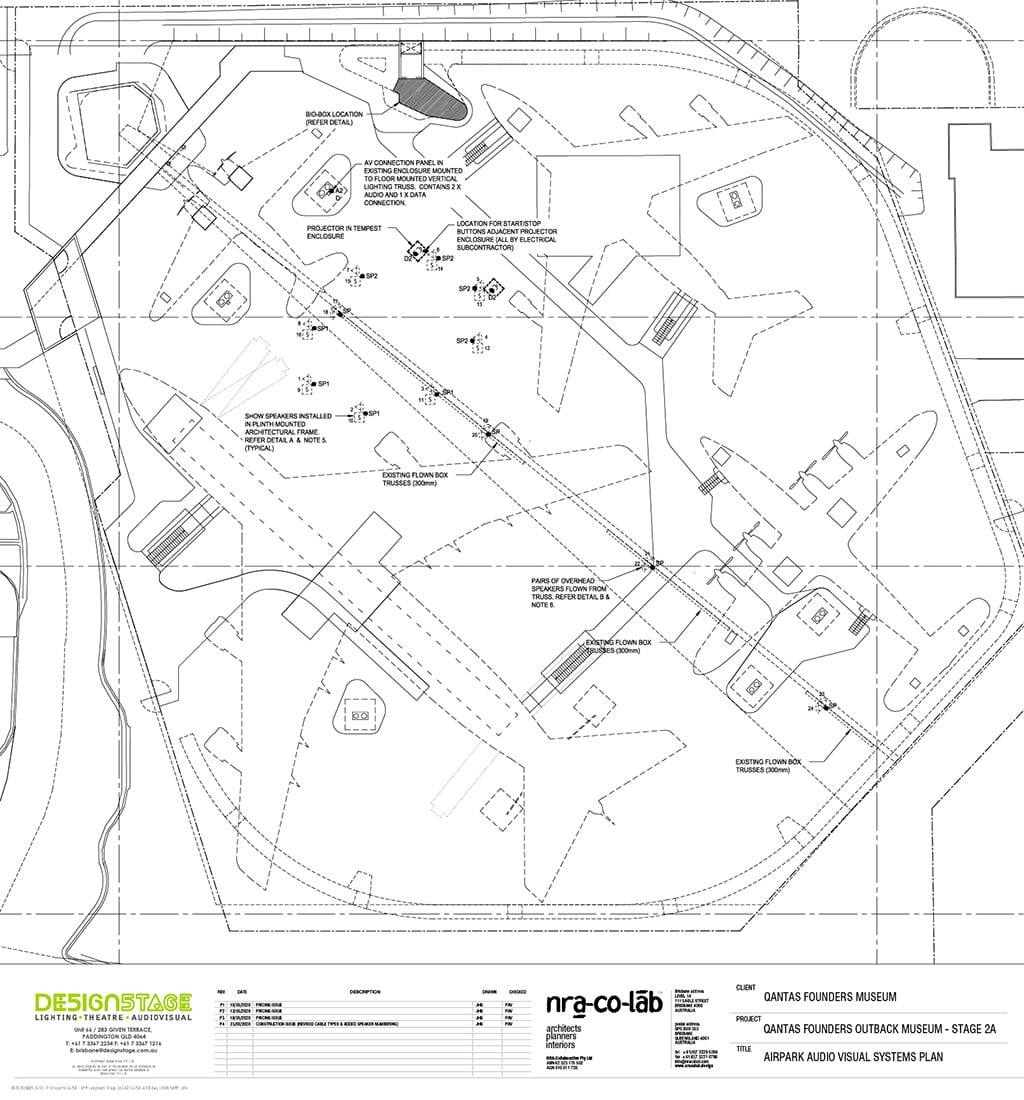







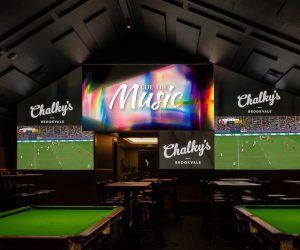


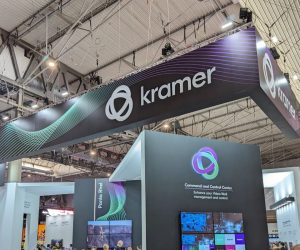
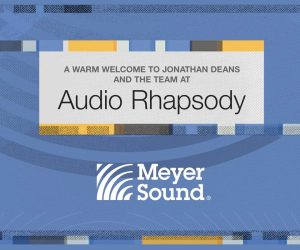
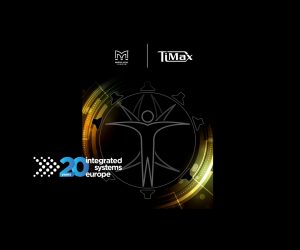
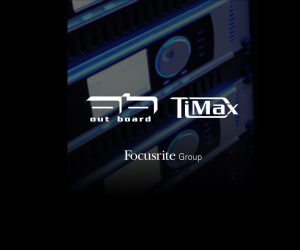

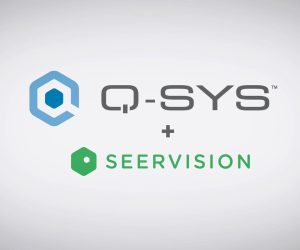

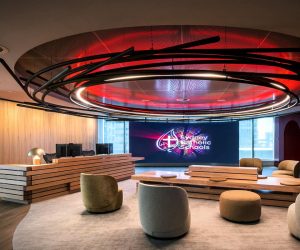



RESPONSES